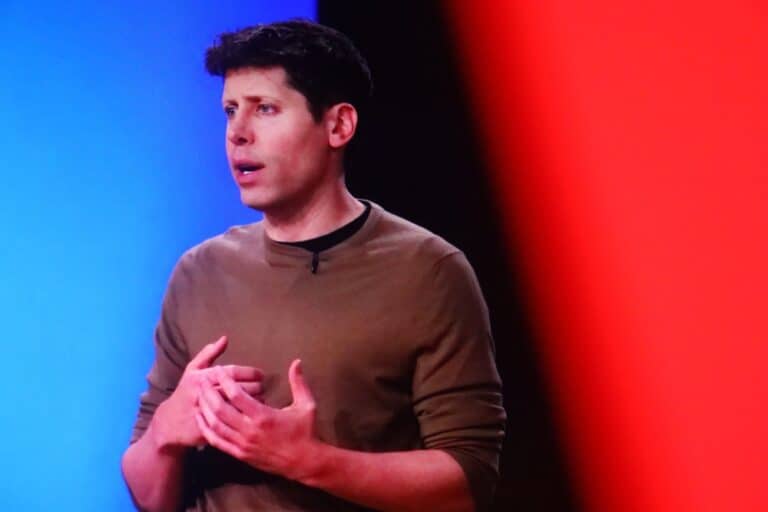OpenAI has launched GPT-5, the latest version of its artificial intelligence model that powers ChatGPT. The model is available to all 700 million users, Reuters reports.
According to CEO Sam Altman (photo), this is OpenAI’s first model that feels like an expert at a high academic level. He sees particular potential in the direct generation of high-quality software based on a request. This capability, which is seen internally as a key feature of the GPT-5 generation, was demonstrated during demonstrations with vibe coding.
The launch comes at a time when the AI sector is making major investments. Companies such as Alphabet, Meta, Amazon, and Microsoft are collectively investing hundreds of billions of dollars in data centers for AI. OpenAI itself is considering giving employees the option to sell shares at a valuation of $500 billion, significantly higher than the current $300 billion.
Business market hesitant
Nevertheless, there are doubts about the commercial returns of AI. Analysts note that consumers are making extensive use of ChatGPT, but that companies are still more cautious about making large investments in AI applications. To change this, OpenAI is emphasizing business functionality and better performance on complex issues.
Technically, GPT-5 incorporates several new approaches. One of these is test-time compute, which gives the model extra computing time to answer difficult questions. This enables GPT-5 to better solve complex mathematical or scientific problems. It is the first time that the general public has had access to this technology.
Early testers describe the step from GPT-4 to GPT-5 as impressive in terms of programming and solving exact problems, but some consider the leap smaller than with previous upgrades. According to Altman, GPT-5 is not yet capable of independent learning, which is seen as an essential feature for AI that can match human capabilities.
OpenAI has encountered obstacles in scaling up models in recent years. A limit has been reached in the amount of training data available, as most large datasets have already been utilized. In addition, training such large models is complex and prone to hardware failures, with final performance only known after months of testing.
